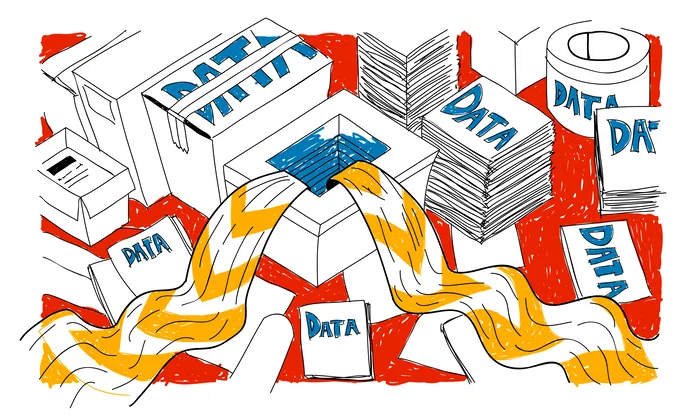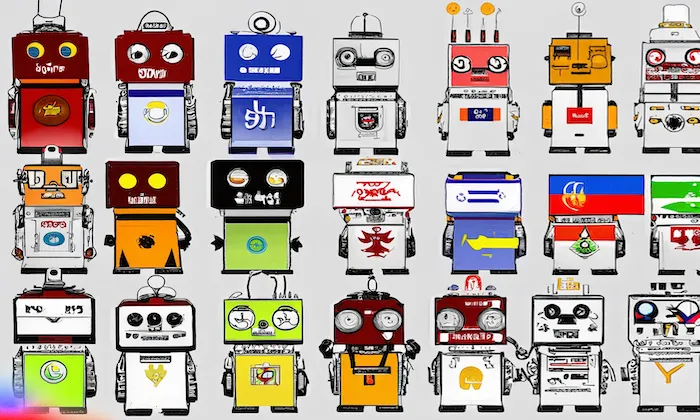How do you measure the model's latency when processing in-car audio?
Audio Processing
Model Latency
In-Car Systems
In the evolving landscape of automotive voice technology, understanding and measuring latency in in-car audio processing is vital for delivering a seamless user experience. Latency, the delay between a driver's voice command and the system's response, can greatly impact how users perceive the effectiveness and reliability of in-car AI systems. This comprehensive guide explores the nuances of latency measurement and optimization in in-car audio systems, drawing on FutureBeeAI's expertise in high-quality, context-rich datasets.
Why Latency Matters in In-Car Audio Systems
- User Experience: Voice command responsiveness is crucial for maintaining user engagement. Delays exceeding 200 milliseconds can disrupt the natural flow of interaction, leading to user dissatisfaction.
- Safety: Quick response times are essential in vehicles where delays can distract drivers or impede decision-making, potentially compromising safety.
- Competitive Edge: Companies that excel in reducing audio processing latency will stand out in the automotive market, enhancing brand loyalty and customer satisfaction.
Measuring Latency: Techniques and Best Practices
End-to-End Latency Measurement
- Definition: This method measures the total time from audio capture to system response.
- Method: Implement a test setup with known audio prompts. Record timestamps at input capture, processing, and output stages. The difference between the input and output timestamps provides the end-to-end latency.
Component-Level Latency Analysis
- Microphone Latency: Time taken for the microphone to capture and digitize audio.
- Processing Latency: Duration for speech recognition latency through ASR and NLU processes.
- Response Latency: Time taken to execute the command post-processing.
Understanding these components allows targeted optimizations, ensuring each part of the system contributes positively to overall latency.
User-Centric Metrics and Cross-Functional Collaboration
- Perceived Latency: Beyond raw metrics, consider how users feel the system's responsiveness. This holistic approach can guide improvements in user satisfaction.
- Collaboration Between Disciplines: Software engineers and audio engineers can work together to tackle latency issues, drawing on diverse expertise to enhance system performance.
Real-World Applications & Use Cases
- Autonomous Taxi Service: An autonomous taxi service optimized its real-time audio processing to recognize and respond to commands within 150 milliseconds. By measuring latency across various scenarios, the service fine-tuned its voice recognition models, significantly enhancing user experience.
- Luxury EV Brand: A luxury electric vehicle brand used 500 hours of in-car speech data to train its voice assistant, focusing on reducing latency to under 200 milliseconds. This optimization ensured seamless command execution for navigation and climate control, delivering a premium driving experience.
Challenges in Latency Measurement
- Acoustic Variability: In-car environments have varying background noise levels and microphone placements, complicating latency measurements and requiring precise calibration.
- Data Diversity: Datasets must include diverse speech patterns, accents, and command types to avoid increased latency for specific demographics.
- Real-Time Constraints: In-car systems operate under real-time constraints, necessitating rigorous testing to maintain low latency in varying conditions.
Best Practices for Optimizing Latency
- Implement High-Quality Datasets: Use in-car speech datasets that mirror real-world conditions to enhance model performance and reduce latency.
- Continuously Evaluate Performance: Regularly monitor latency metrics in both testing and deployment to identify and resolve performance bottlenecks.
- Optimize Adaptive Algorithms: Develop machine learning algorithms that dynamically adjust processing times based on real-time conditions and user interactions.
Building Trust in AI Data Partnership
At FutureBeeAI, we recognize the complexity of measuring and optimizing latency in in-car audio systems. Our expertise in curating high-quality datasets, tailored for in-car applications, equips clients to develop responsive, user-friendly automotive AI systems. Leverage our datasets to ensure your systems meet the demands of modern drivers.
For automotive projects requiring precision in voice command performance, FutureBeeAI offers production-ready datasets that can be delivered in as little as 2-3 weeks. Partner with us to optimize your in-car audio systems and enhance user satisfaction.
What Else Do People Ask?
Related AI Articles
Browse Matching Datasets
Acquiring high-quality AI datasets has never been easier!!!
Get in touch with our AI data expert now!








